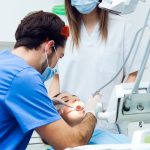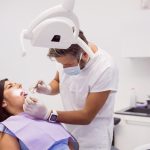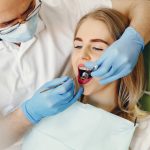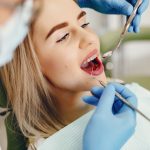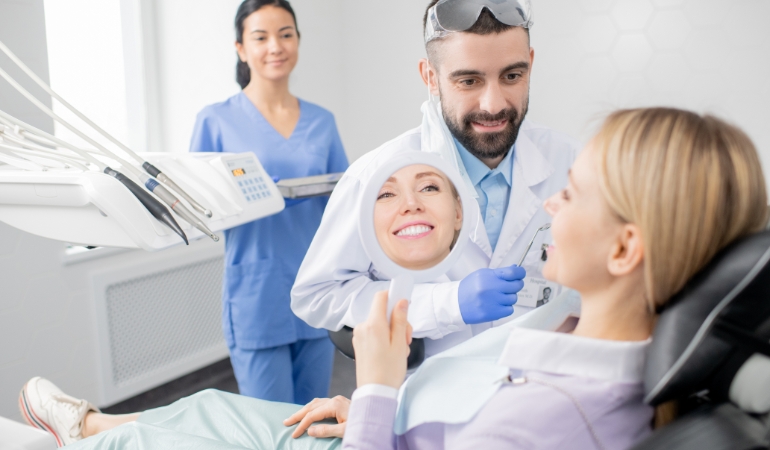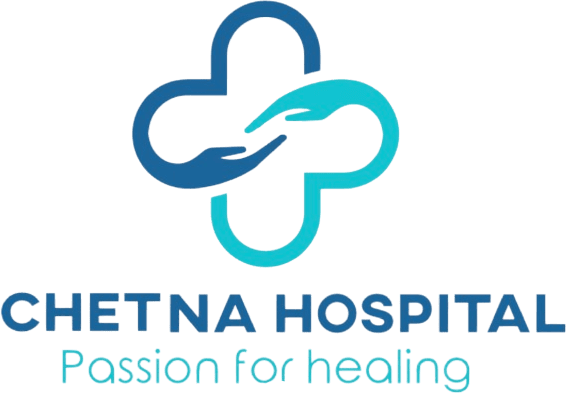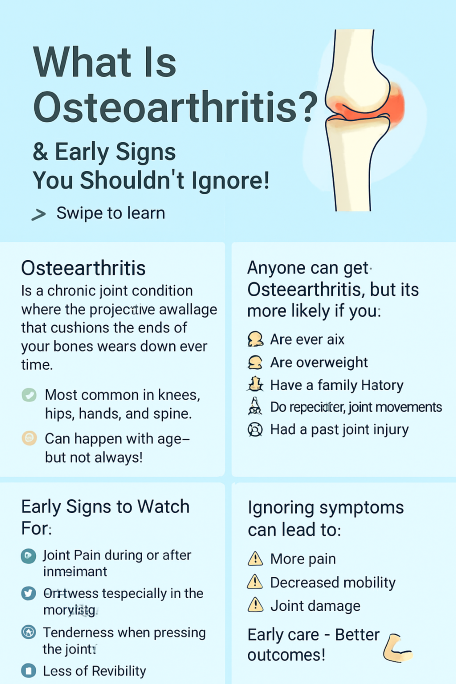Osteoarthritis (OA) is the most common form of arthritis, affecting millions of people worldwide. It is a chronic joint condition that results from the gradual breakdown of cartilage—the smooth, protective tissue that cushions the ends of bones where they form joints. As this cartilage wears down over time, bones may begin to rub against each other, causing pain, swelling, stiffness, and loss of movement.
Unlike other types of arthritis that are caused by autoimmune processes or infections, osteoarthritis is primarily a degenerative condition associated with aging, wear and tear, and repetitive use of joints.
Causes of Osteoarthritis
While age is a major factor in the development of osteoarthritis, several other causes and risk factors contribute to the condition:
1. Aging:
As people get older, cartilage naturally becomes more brittle and less capable of repairing itself.
2. Joint Injury:
Previous injuries, such as fractures or ligament tears, can increase the likelihood of OA later in life.
3. Repetitive Stress:
Jobs or activities that place continuous stress on joints can accelerate cartilage breakdown.
4. Genetics:
A family history of OA can raise the risk, especially in cases of hand and knee arthritis.
5. Obesity:
Excess body weight adds stress to weight-bearing joints, particularly the knees, hips, and spine.
6. Gender:
Women are more likely than men to develop OA, particularly after menopause.
7. Bone Deformities:
Some people are born with malformed joints or defective cartilage, which can predispose them to OA.
Symptoms of Osteoarthritis
Osteoarthritis symptoms usually develop slowly and worsen over time. The common symptoms include:
🔹 Joint Pain:
Often described as a deep ache, the pain worsens with activity and improves with rest.
🔹 Stiffness:
Joint stiffness, especially in the morning or after a period of inactivity, is a hallmark symptom.
🔹 Swelling:
Inflammation around the joint can cause visible swelling and tenderness.
🔹 Loss of Flexibility:
Affected joints may lose their full range of motion, making daily activities difficult.
🔹 Grating Sensation:
You may feel or hear a cracking or popping when moving the joint.
🔹 Bone Spurs:
Extra bits of bone may form around the joint, causing additional pain and restricting movement.
Commonly Affected Joints
Although OA can affect any joint in the body, some joints are more commonly impacted:
- Knees: Difficulty climbing stairs, walking, or getting up from a seated position.
- Hips: Pain in the groin or buttocks area; stiffness after sitting or sleeping.
- Hands: Bony growths on fingers, reduced grip strength, and stiffness.
- Spine: Pain or stiffness in the neck or lower back.
Early Signs to Watch Out For
Recognizing the early signs of osteoarthritis is crucial for effective management. Here are some key indicators:
1. Mild Joint Pain After Activity:
Pain that starts after movement and fades with rest could be an early sign of cartilage wear.
2. Morning Stiffness (Lasting <30 Minutes):
Short-lived stiffness after waking up or after long periods of sitting is common.
3. Joint Discomfort in Weather Changes:
Some people notice joint pain worsening with cold or damp weather.
4. Reduced Joint Flexibility:
If you’re finding it hard to fully bend or straighten a joint, OA might be the reason.
5. Fatigue and Weakness in the Affected Area:
Constant joint use can lead to muscle weakness around the joint.
Diagnosis
To confirm osteoarthritis, your doctor may:
- Review Medical History & Symptoms
- Conduct a Physical Exam
- Order Imaging Tests: X-rays can reveal joint space narrowing and bone changes. MRI may be used for early detection.
- Request Lab Tests: While no blood test can confirm OA, they help rule out other forms of arthritis.
Treatment Options
Although there is no permanent cure for osteoarthritis, a variety of treatments can help manage symptoms and improve quality of life.
1. Lifestyle Modifications:
- Weight Management: Reduces pressure on joints, especially knees and hips.
- Exercise: Low-impact activities like swimming, walking, or yoga help strengthen muscles and improve flexibility.
- Joint Protection: Using braces, ergonomic tools, and proper posture reduces strain on joints.
2. Medications:
- Pain Relievers: Acetaminophen, NSAIDs (like ibuprofen), and topical creams.
- Corticosteroid Injections: Help reduce inflammation and provide temporary relief.
- Hyaluronic Acid Injections: Mimic natural joint fluid and improve mobility (mainly for knees).
3. Physical Therapy:
A structured rehab program can improve joint function, reduce pain, and delay surgery.
4. Assistive Devices:
Canes, walkers, orthotic shoe inserts, and grab bars make daily tasks easier and reduce the risk of falls.
5. Alternative Therapies:
Some people find relief through acupuncture, massage, or herbal supplements. However, these should be used under medical guidance.
6. Surgical Options (For Severe Cases):
- Joint Replacement Surgery (Arthroplasty): Most commonly for knees and hips.
- Osteotomy: Reshaping bones to relieve pressure on joints.
- Joint Fusion (Arthrodesis): Fusing bones to reduce pain in small joints like fingers or ankles.
Living with Osteoarthritis
Managing osteoarthritis is a long-term commitment that requires a holistic approach:
- Stay physically active but avoid overuse of painful joints.
- Eat a balanced, anti-inflammatory diet rich in fruits, vegetables, lean proteins, and omega-3 fatty acids.
- Maintain a healthy body weight to reduce joint stress.
- Monitor and manage stress and mental health, as chronic pain can lead to anxiety and depression.
- Stay informed, seek regular check-ups, and don’t ignore new or worsening symptoms.
For Consultation Contact us on 9158680739 / 9158681123
Website - www.chetnahospital.co.in
Address – Chetna Hospital, Sambhajinagar, MIDC, G Block, Near Rotary Club, Chinchwad 411019
.
.
.
#pune#pcmc#chinchwad#hospital#medical#medicalservices#spinesurgeon#backspecialist#sciatica#sciaticnerve#sciaticapain#sciaticatreatment#spinesurgery#spinespecialist#spinedoctor#backpaindoctor#endoscopicspinesurgery#orthopaedicsurgeon#mistlifsurgery#cervicalpain#spinalcord#rediculopathy#backpainrelief#slippeddisc#spine#neckpain#spinalstenosis#lumberlordosis#backbonesurgery

